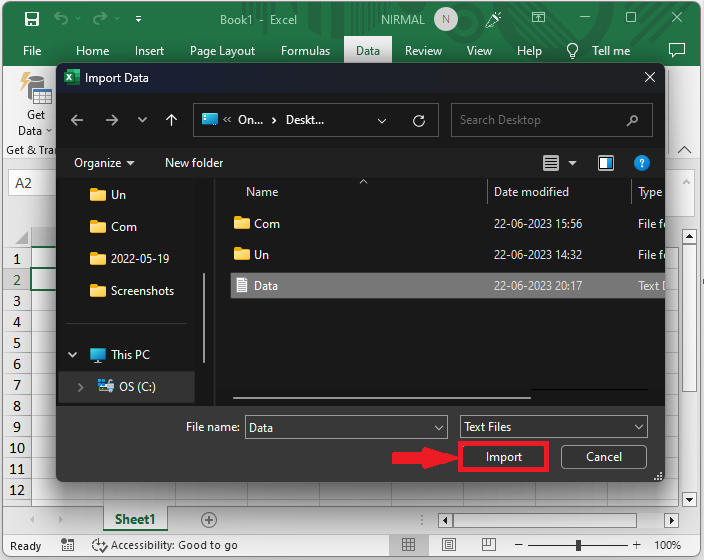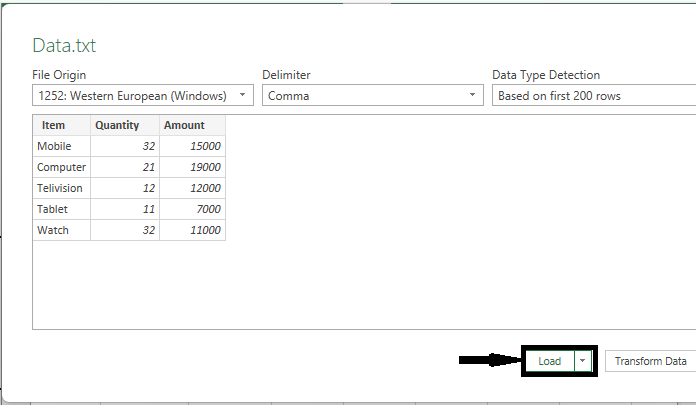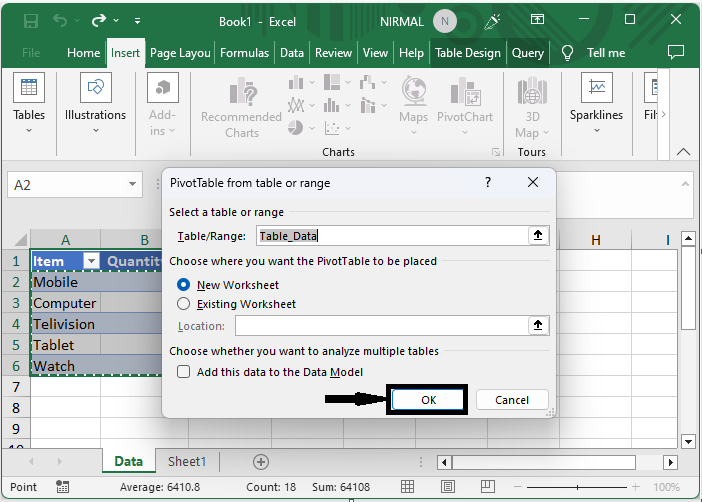
 Data Structure
Data Structure Networking
Networking RDBMS
RDBMS Operating System
Operating System Java
Java MS Excel
MS Excel iOS
iOS HTML
HTML CSS
CSS Android
Android Python
Python C Programming
C Programming C++
C++ C#
C# MongoDB
MongoDB MySQL
MySQL Javascript
Javascript PHP
PHP
- Selected Reading
- UPSC IAS Exams Notes
- Developer's Best Practices
- Questions and Answers
- Effective Resume Writing
- HR Interview Questions
- Computer Glossary
- Who is Who
How to Create a Pivot Table from Text File in Excel
Microsoft Excel's pivot tables are an effective tool that let you evaluate and acquire useful insights from huge data sets. By organising and displaying the data in an organised style, they offer a practical method for converting raw data into meaningful information. Did you know that, although they are frequently used with data kept in Excel spreadsheets, pivot tables may also be produced directly from text files?
In this tutorial, we'll show you how to use data from a text file to create a pivot table in Excel. Excel has the tools you need to quickly import, modify, and analyse the data using pivot tables, regardless of the text-based structure of your data?whether it's in a CSV (comma-separated values) file, a tab-delimited file, or another. You will clearly grasp how to import data from a text file into Excel, format it appropriately, and create a pivot table by the end of this course in order to acquire insights and efficiently summarise the data. Let's begin your road to mastering pivot tables now!
Create a Pivot Table from Text File
Here we will first insert the data from the text file onto the sheet and then create the pivot table. So let us see a simple process to learn how you can create a Pivot Table from a text file in Excel.
Step 1
Consider any Excel sheet.
First, click on "From Text" under "Data" and click OK.
Data > From text > Ok.

Step 2
Then select the file and click import.
Select File > Import.

Step 3
Then click on Load.

Step 4
Then select the data then click on insert and click on pivot table and click Ok to complete the task.
Select cells > Insert > Pivot table > Ok.
Then select the columns to display.

This is how you can create a pivot table from a text file in Excel.
Conclusion
In this tutorial, we have used a simple example to demonstrate how you can create a Pivot Table from a text file in Excel to highlight a particular set of data.

